OLD FAITHFUL: Dodge Durango R/T Tow N’ Go Still Delivers
Yeah, The Durango Is Old, But It Still Fires On All Cylinders For Families...
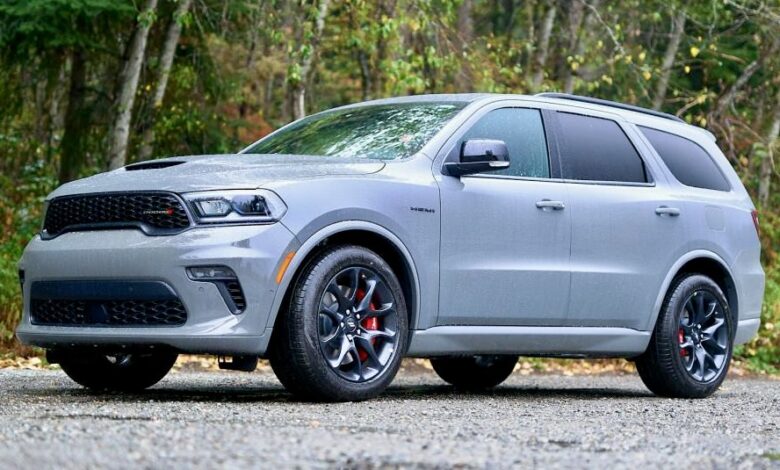
In the world of three-row SUVs, the 2023 Dodge Durango R/T Tow N’ Go stands out as a true powerhouse. This vehicle has been around since 2011, and while it has seen some updates over the years, its enduring appeal lies in its ability to combine HEMI® V8 power, three-row versatility, superior towing capability, and a host of features borrowed from the formidable SRT models.
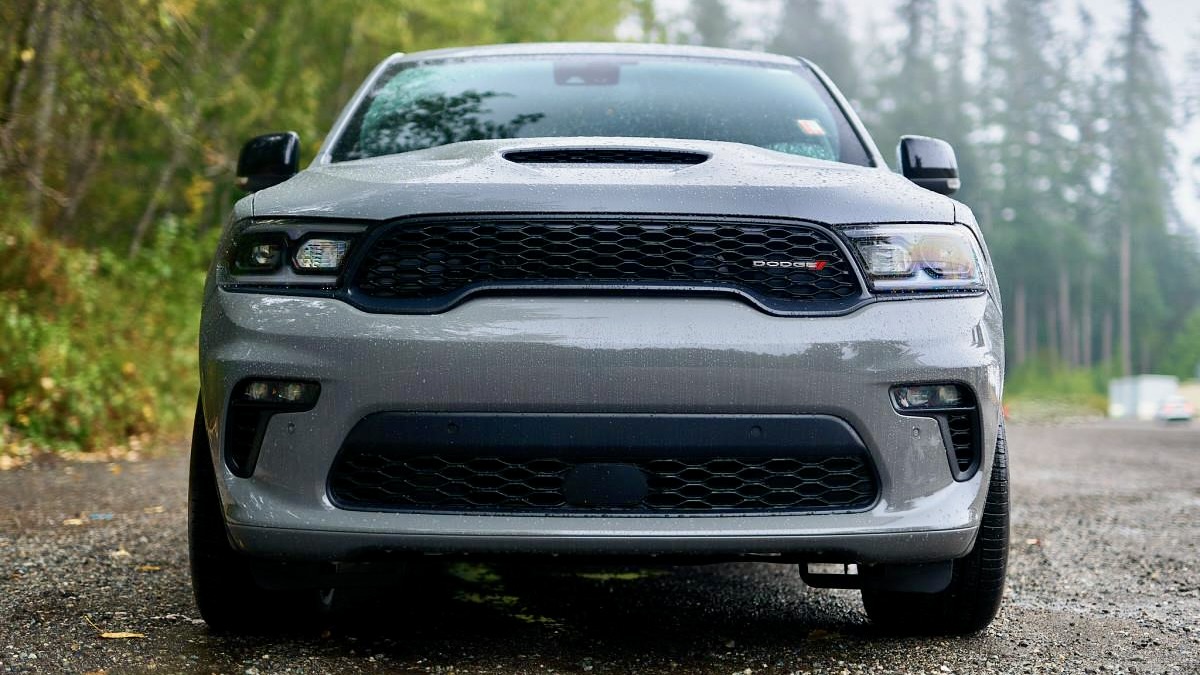
Under the hood, the 2023 Durango R/T Tow N’ Go packs a punch with its legendary 5.7-liter HEMI® V8 engine. This powerplant generates a best-in-class 360 horsepower and 390 lb.-ft. of torque, offering the kind of performance that has become synonymous with the HEMI® name. Paired with an 8-speed automatic transmission, it delivers smooth, responsive acceleration and a satisfying exhaust note that makes every drive an exhilarating experience.
One of the standout features of the Durango R/T Tow N’ Go is its impressive towing capacity. Thanks to a combination of its robust HEMI® engine and various performance enhancements, this SUV can tow up to 8,700 pounds, placing it on par with the more performance-oriented Durango SRT models. This makes it a top choice for those who need to haul heavy loads, whether it’s a boat, trailer, or anything else you might need to tow.
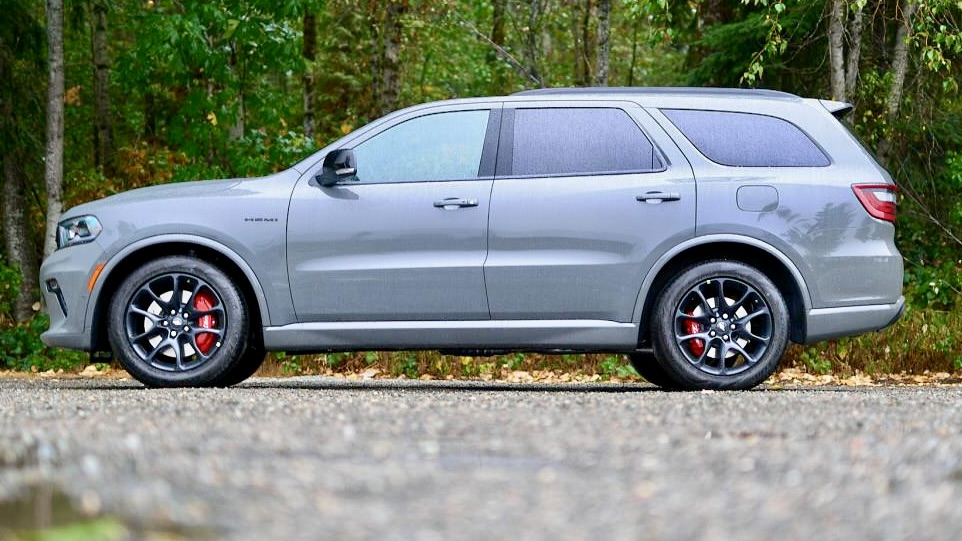
The 2023 Durango R/T Tow N’ Go takes performance to the next level with its range of new Performance Drive Modes. These modes, including Track, Sport, Snow, and Tow, allow you to tailor the vehicle’s behavior to suit your driving conditions and preferences. Whether you want to unleash the full potential of the HEMI® engine or optimize for snowy or towing situations, this SUV has you covered.
Adding to its performance credentials, the Durango R/T Tow N’ Go features a set of black Brembo 6-piston brakes. These brakes are powerful and responsive, providing confidence-inspiring stopping power in a variety of driving scenarios. With 15-inch vented and slotted front rotors and 6-piston Brembo calipers up front, and 13.8-inch vented rear rotors with 4-piston fixed Brembo calipers at the rear, the braking system is more than capable of handling the SUV’s impressive speed and capabilities.
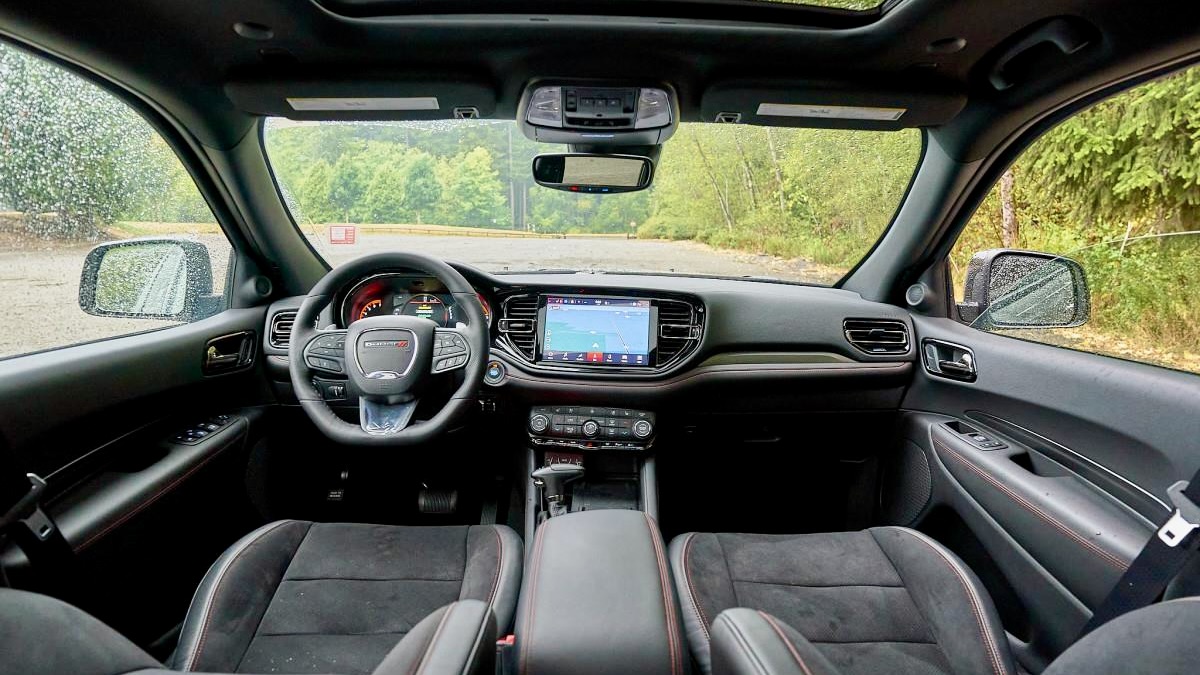
The Durango R/T Tow N’ Go doesn’t just excel in terms of performance; it also boasts a wealth of features that enhance comfort, convenience, and safety. From the luxurious interior to a range of advanced technologies, this SUV provides a well-rounded driving experience.
The 2023 Dodge Durango R/T Tow N’ Go may be getting up there in years, but it continues to prove that age is just a number. With its unbeatable HEMI® V8 power, impressive towing capability, and a wealth of features borrowed from the high-performance SRT models, it remains a solid performer in the highly competitive three-row SUV market. Whether you need a family hauler, a weekend warrior, or a towing workhorse, the Durango R/T Tow N’ Go is a versatile, tried-and-true choice that can satisfy all your needs.

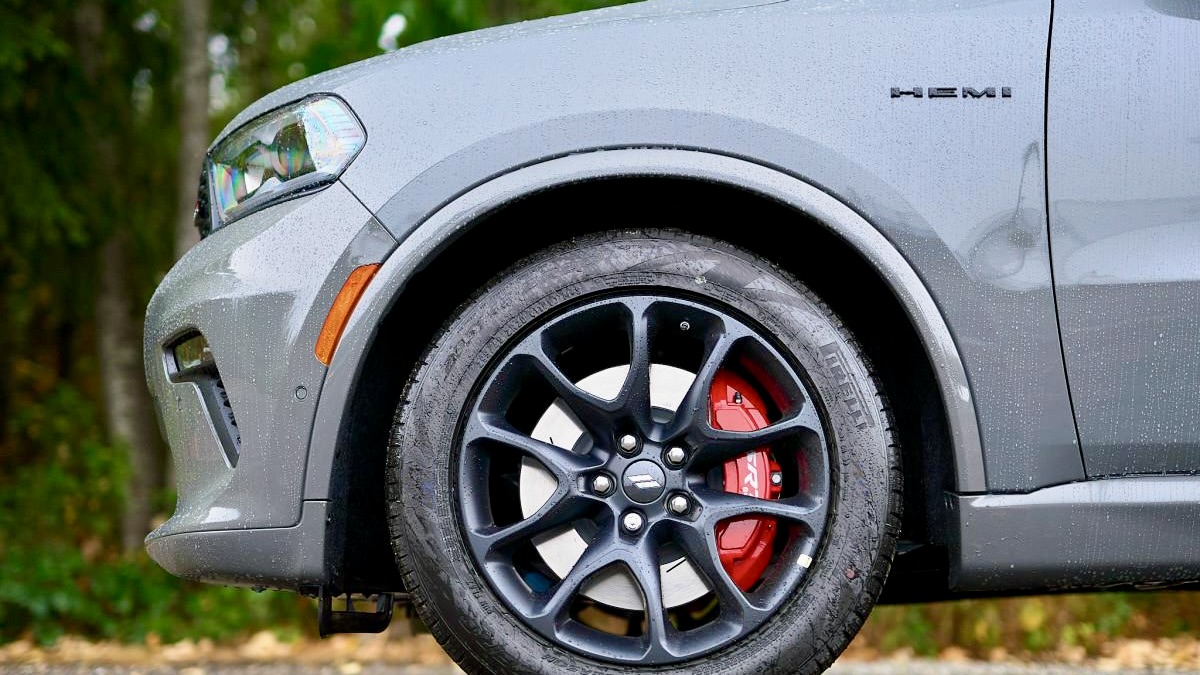
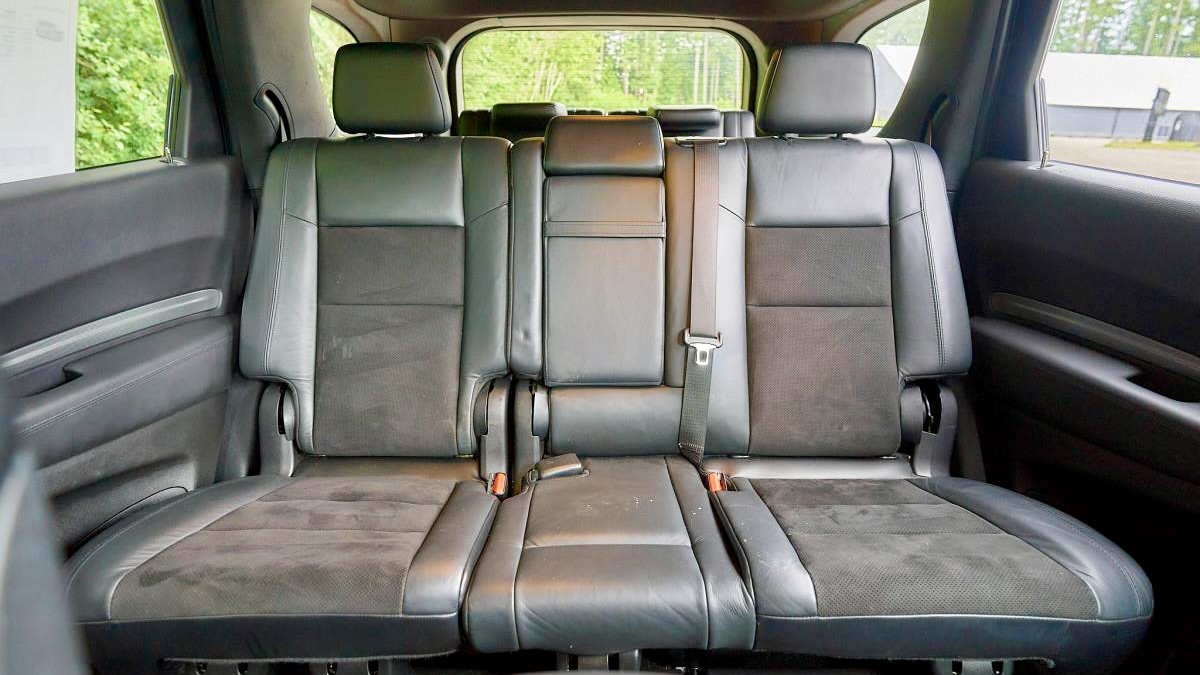
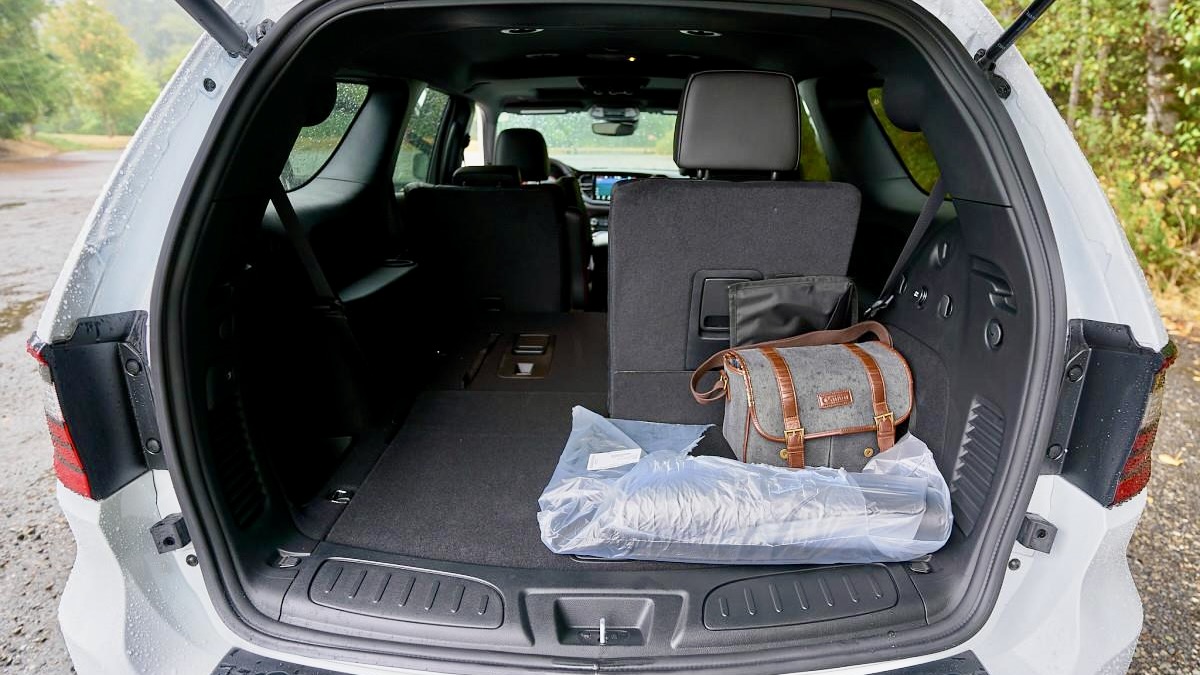
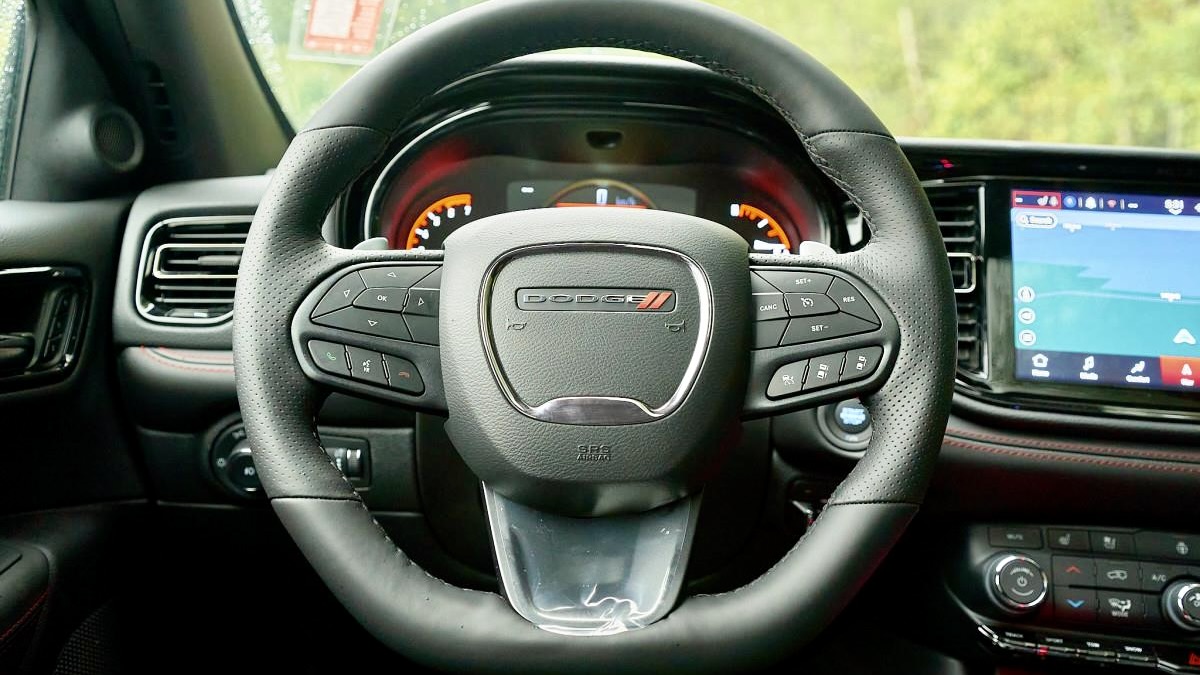
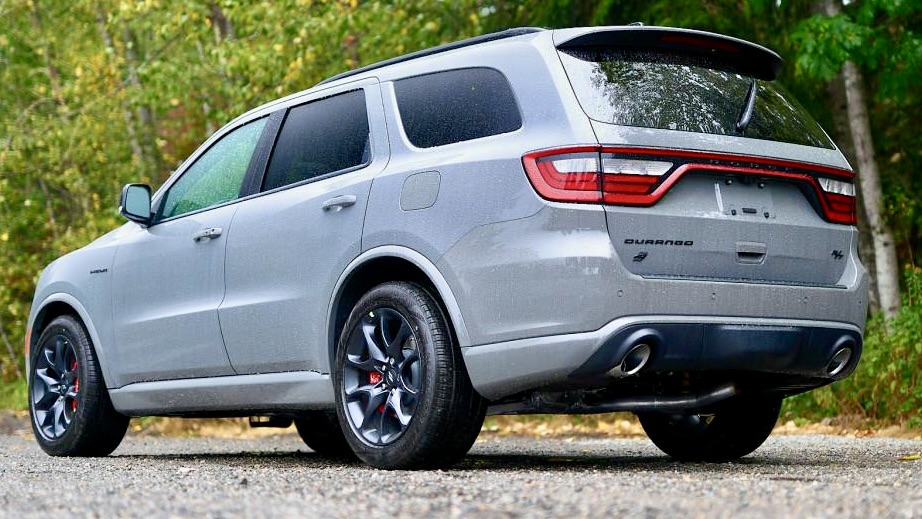
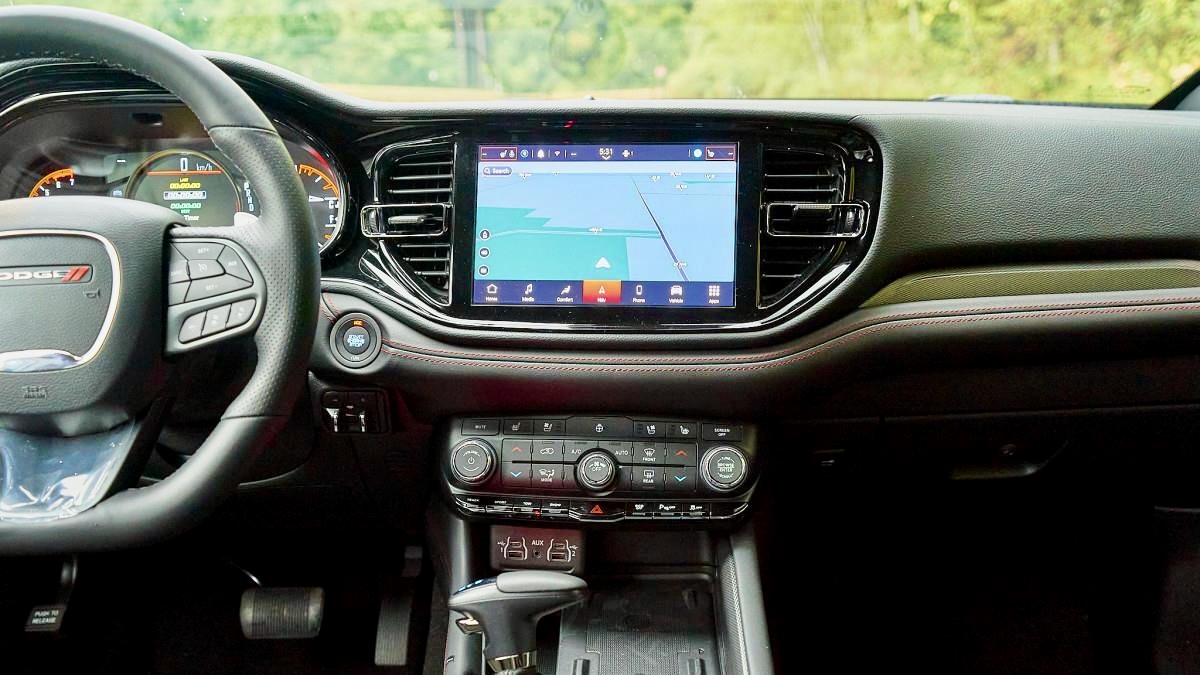
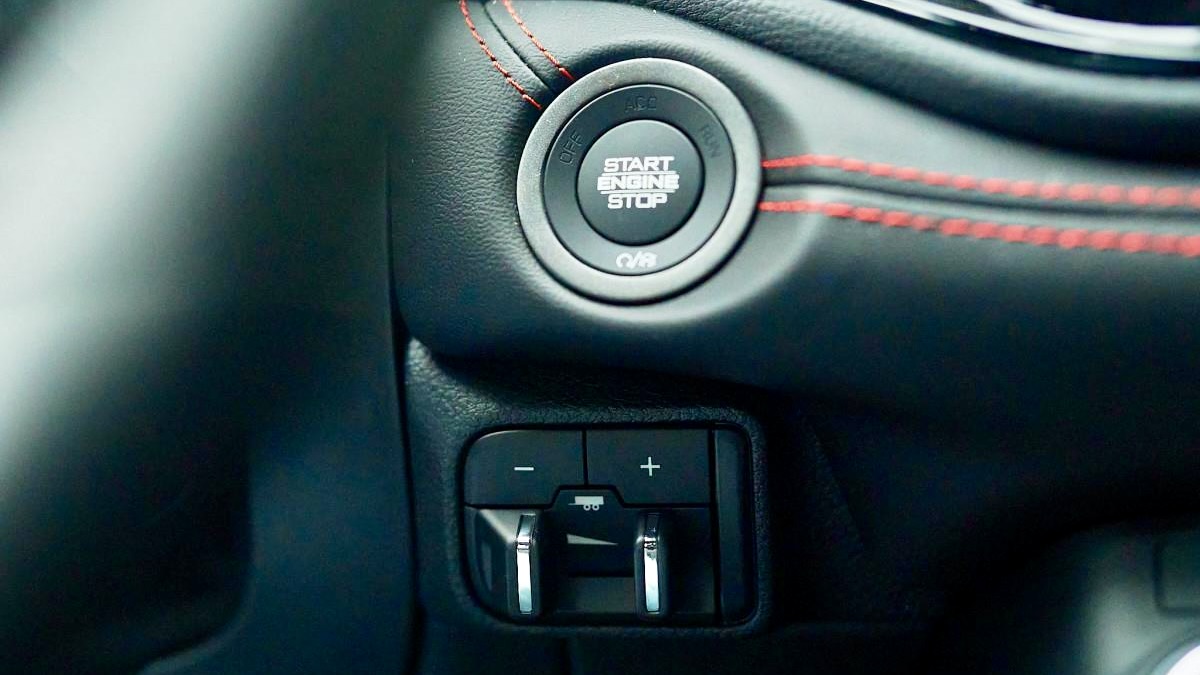
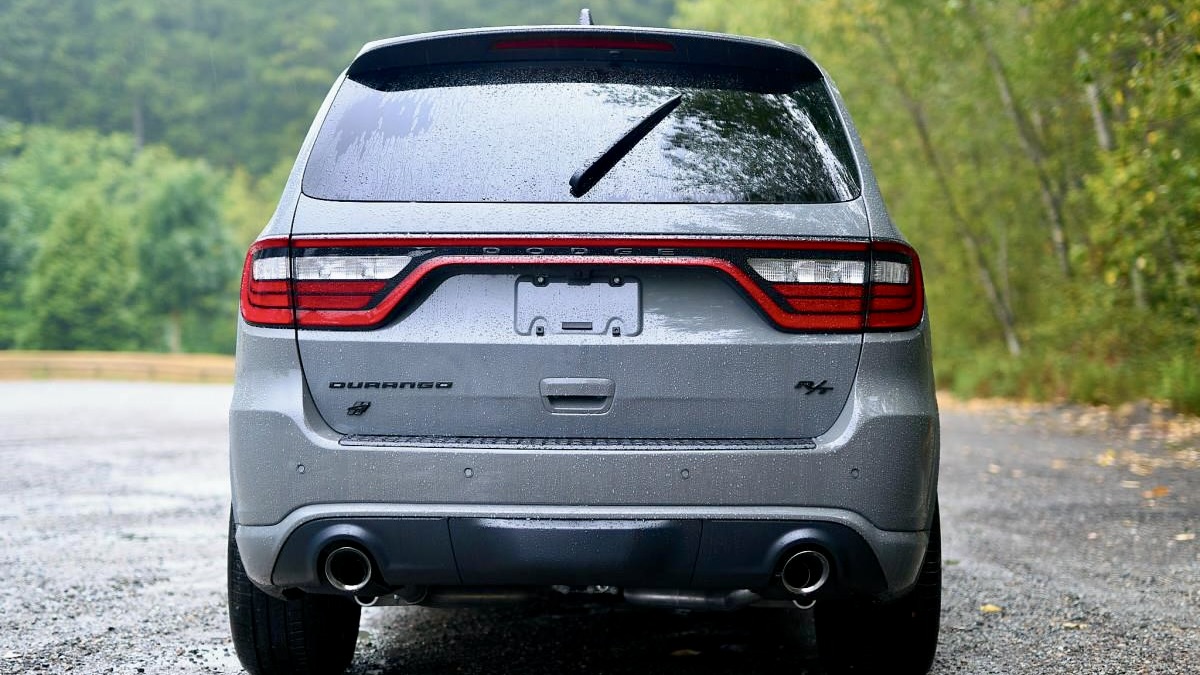

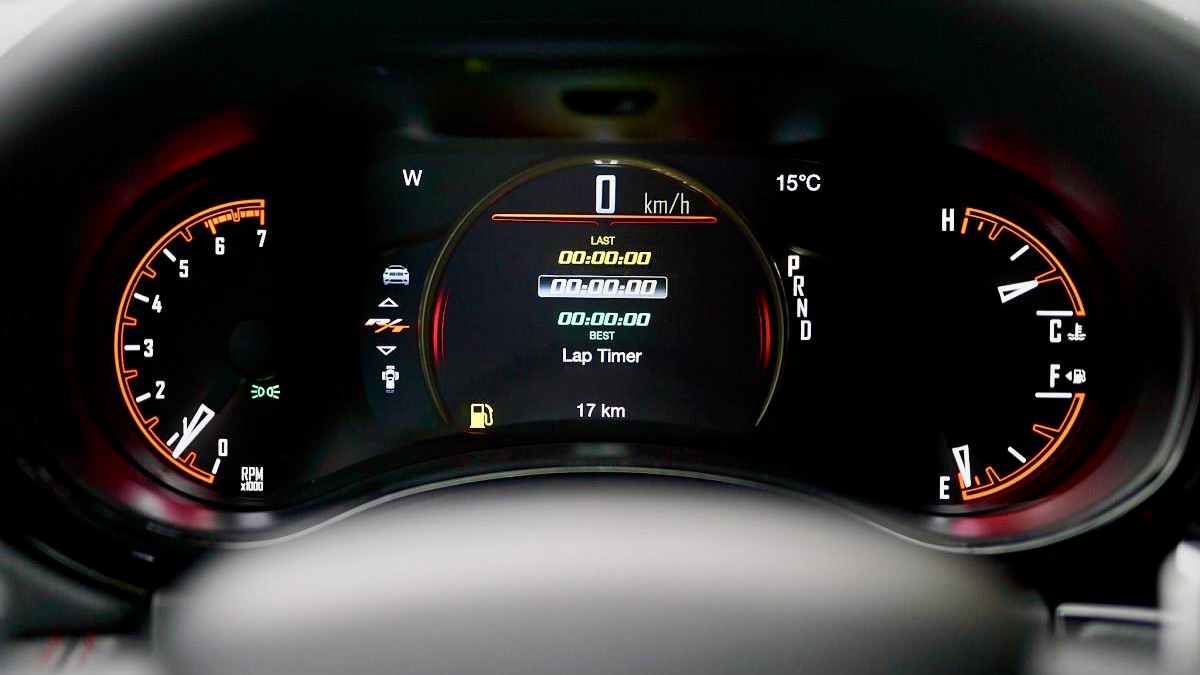
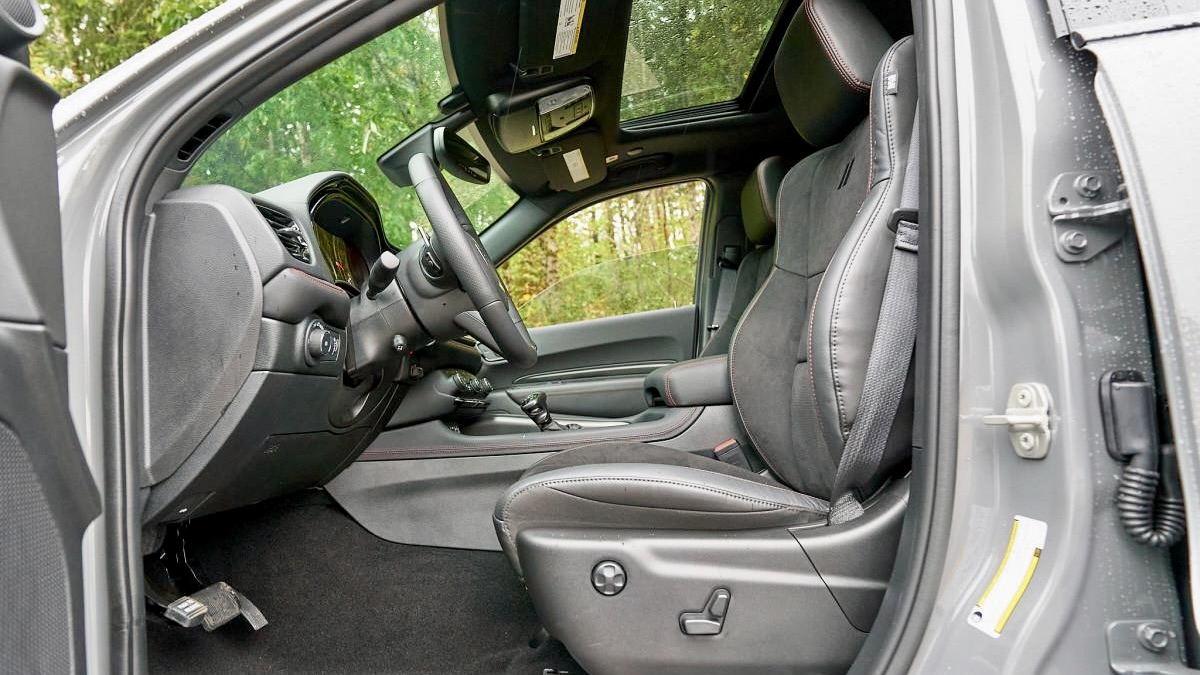
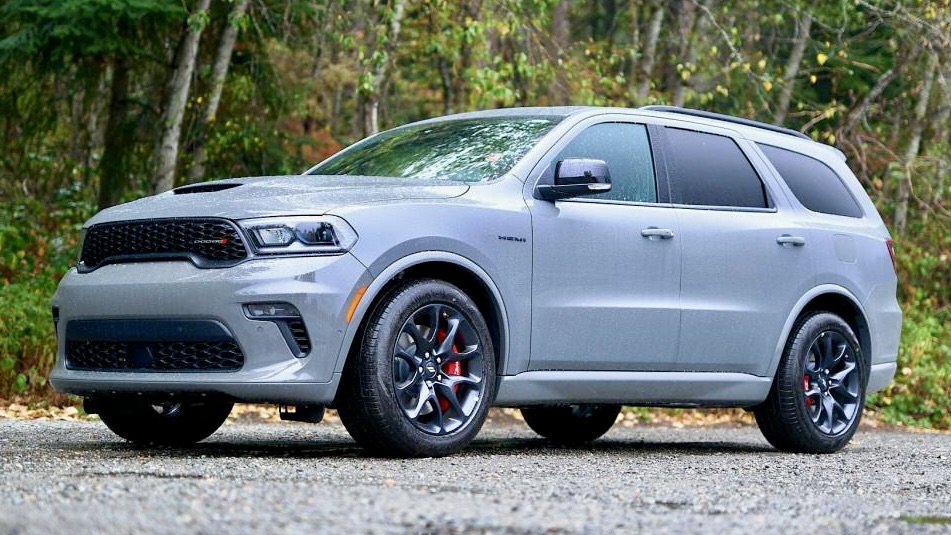
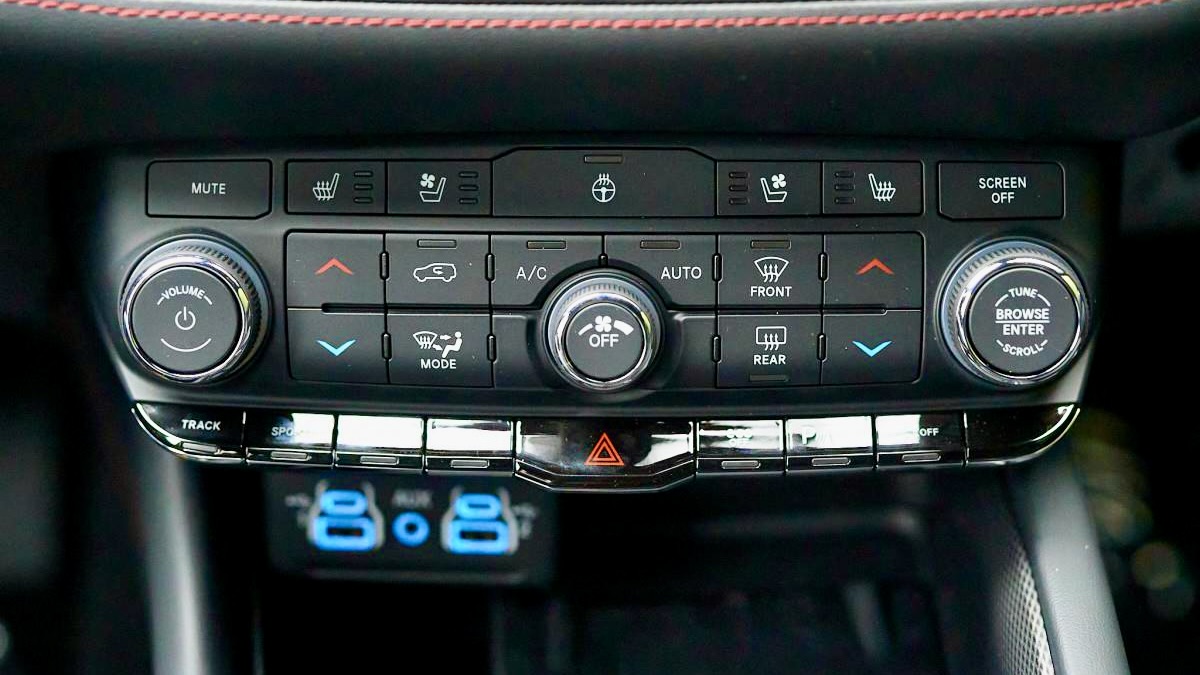

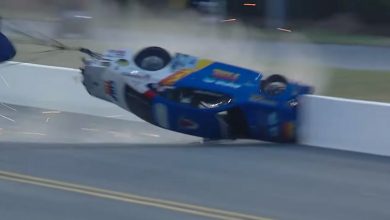
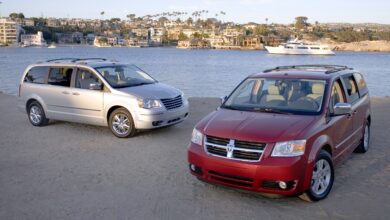
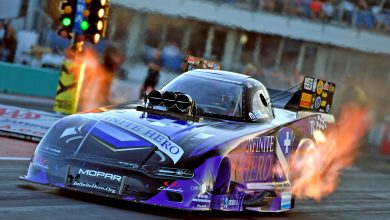
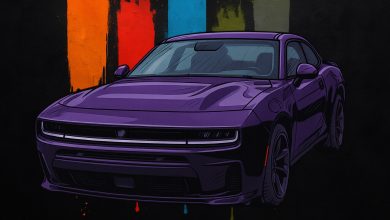
No replies yet
Loading new replies...
Join the full discussion at the Mopar Insiders Forum →